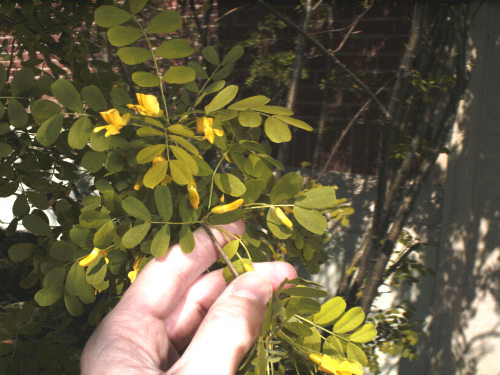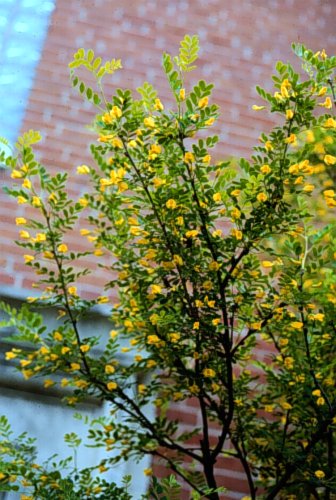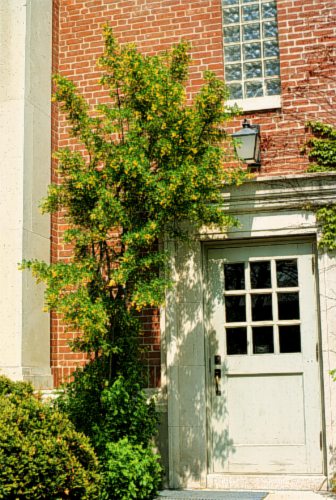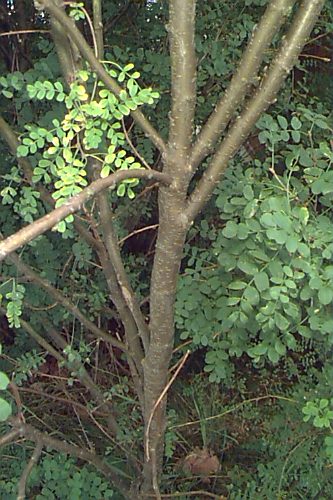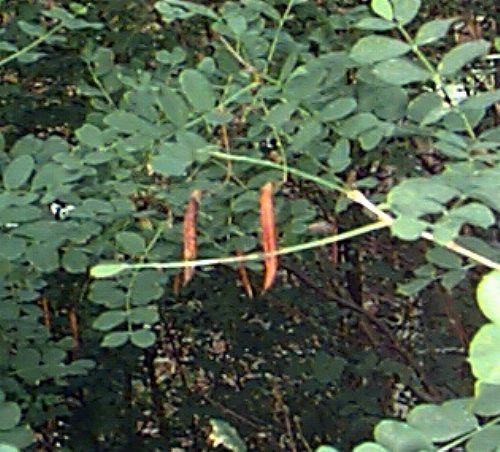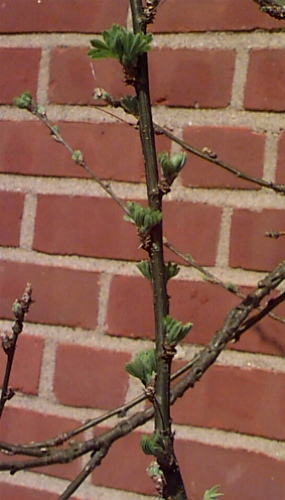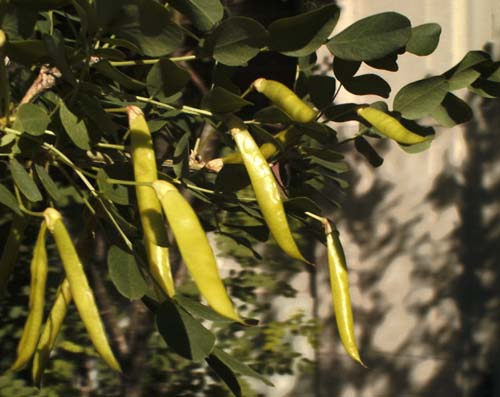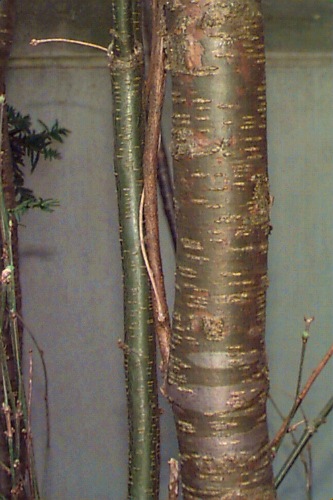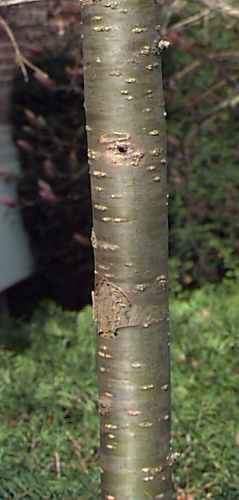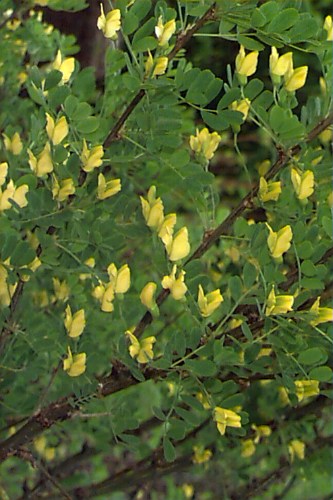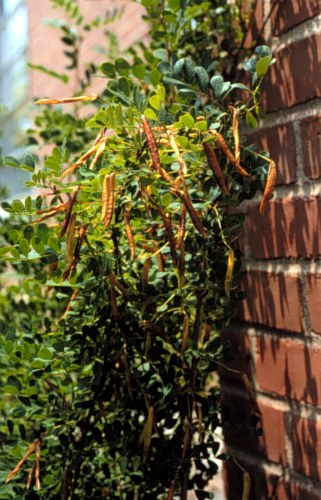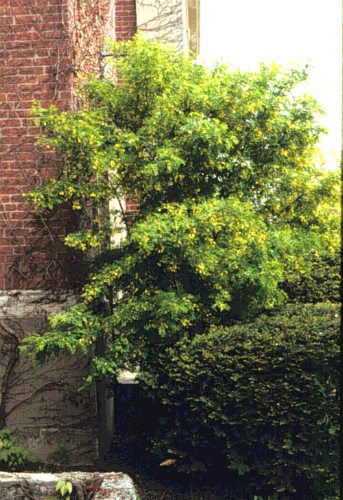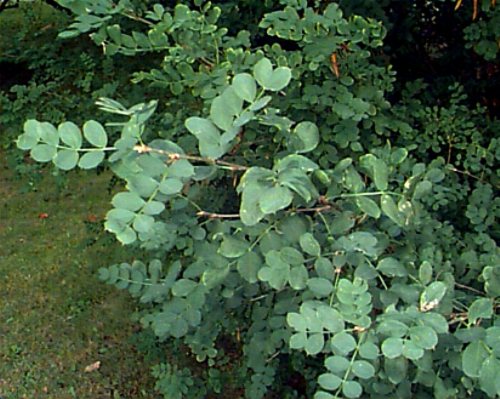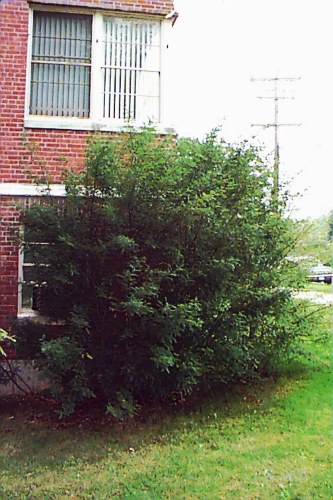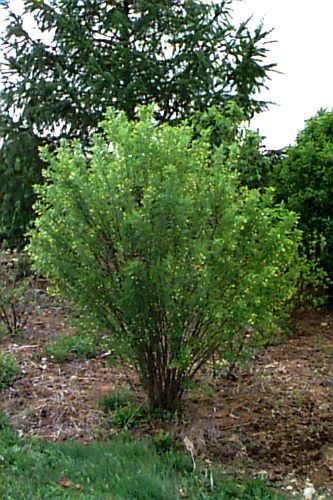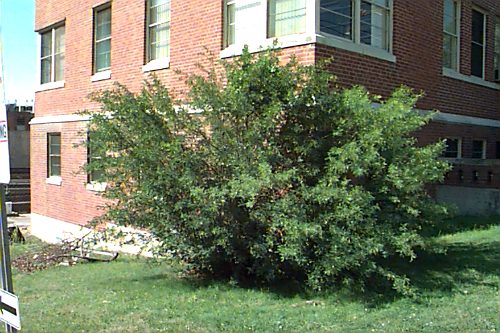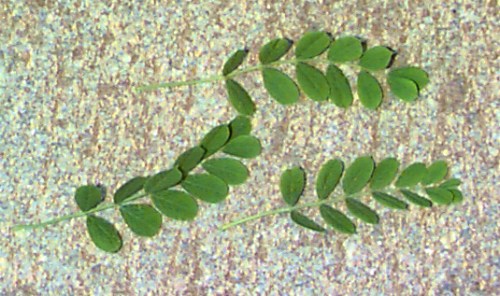Caragana arborescens
Siberian Peashrub
Leguminosae
ExpandHabitat
- native to Manchuria and Siberia
- hardy to zone 2
Habit and Form
- a deciduous large shrub to small tree
- typically multistemmed
- upright, erect to spreading branches
- develops an upright, almost columnar shape
- can also be rounded in shape
- up to 20' tall, usually with a lesser width
- typically devoid of branches and foliage at the base
Summer Foliage
- deciduous leaves
- alternate arrangement of evenly pinnate leaves
- leaves are 1.5" to 3" long
- leaves have 8 to 12 leaflets
- leaflets are 0.5" to 1" long
- leaflets are 0.5" to 1' long
- leaflets are ovate to ovoid
- leaves are silky when young
- foliage color matures to a bright green
Autumn Foliage
- yellow-green color
- not impressive
Flowers
- small yellow, pea-like flowers
- blooms in early to mid-May
- held singly or in groups of up to 4
- not overwhelming
Fruit
- a tan legume pod
- cylindrical and slender
- about 1.5" to 2" long
- changes from green to tan in July and August
- pods open forcefully
Bark
- stems are a dark, glossy green
- bark on older branches is also smooth in places, but the color is less vivid
Culture
- full sun
- tolerant of adverse growing conditions
- doesn't mind poor, dry soils
- tolerant of extreme cold
- tolerant of salt
- tolerant of winds
- fixes nitrogen
Landscape Use
- borders
- screen/hedge
- windbreaker
- for difficult growing sites
- container plant due to tolerance of cold and drought
Liabilities
- leaf-hoppers
- a canker disease/affliction
- not an overwhelming ornamental plant
ID Features
- yellow, pea-like flowers
- upright, multistemmed, columnar habit
- even pinnate leaves
- glossy, greenish stems
- spur-like growth on older wood
- twigs with conspicuous decurrent lines
- stipules persist and sometimes are nearly thorn-like
Propagation
- cultivars by cuttings or grafting
- by seed
Cultivars/Varieties
'Lorbergii' - A graceful form with linear leaves and fine texture. Grows to about 8' tall.
'Nana' - A dwarf form with somewhat contorted branches. Maximum height is between 3' to 6'. Tends to have dense foliage and more blossoms than the species.
'Pendula' (Weeping Peashrub) - A weeping form with stiffly arching branches. Typically grafted onto a standard at 4' to 6' from the ground. A fairly nice form that can be used as a specimen. Foliage and flowering is similar to the species. This is a very common form often seen in commerce as a small tree. 'Walker' is a weeping form with finely dissected foliage.
